Send us a Message
- Destinations
- Tours
- By Destinations
- By Themes
- Suggested Combination
- Duration
- About Us
- Reviews
Vietnam’s legal framework has evolved over time to balance tradition with modernization, aiming to support economic growth and social stability. The country has introduced various laws to regulate commerce, investment, land use, and civil rights, aligning with regional and international standards. Ongoing reforms continue to enhance transparency, legal certainty, and access to justice, making the system more adaptive to global integration.
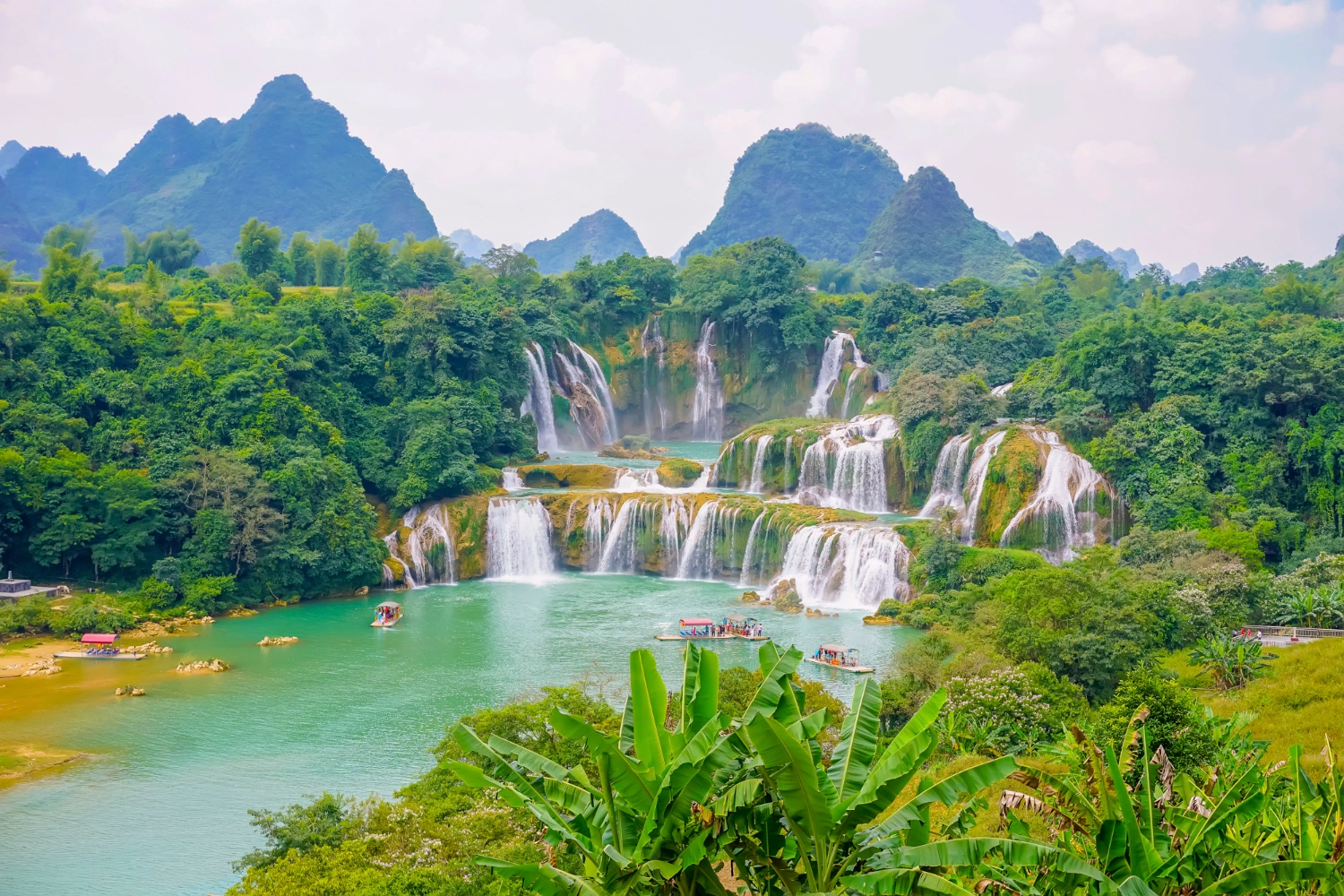
The country's capital, Hanoi, located in the northern part of Vietnam, has a population of approximately 7 million. The capital is the second-largest city in Vietnam, after Ho Chi Minh City, in South Vietnam, with 12.7 million inhabitants, and is considered the economic heart of Vietnam.
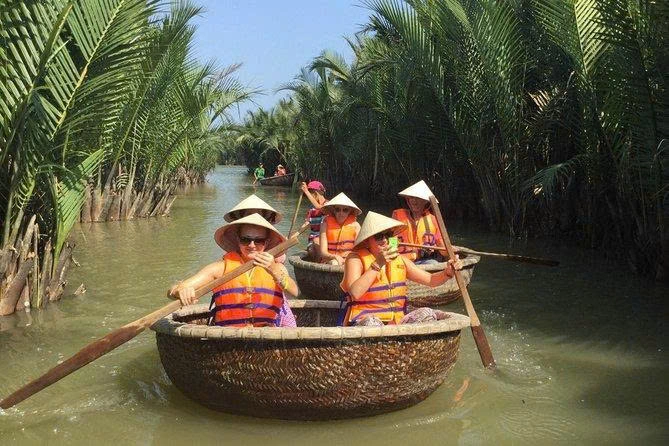
Vietnam is well-renowned for its 3,260 kilometers of coastline, which forms an 'S' shape as it snakes down the South China Sea from north to south. This coastline is one of the main tourist attractions of the country, with the white sandy beaches of Phan Thiet, Nha Trang, Con Dao, and Phu Quoc in the South, to the charming and historical Lang Co, Danang, and Hoi An in the Central area. With the sea to the east, China to the north, and the countries of Laos and Cambodia to the west, Vietnam is well-located for different travel interests.
The country is usually divided into three main areas: the North, the Center, and the South. These areas are distinct because of their typology and weather.
The North, from the Chinese border until the former imperial city of Ninh Binh, is characterized by the beautiful scenery of the mountains north of Hanoi and their rice terraces. Contrary to popular opinion, there are four distinct seasons in North Vietnam.
The Summer lasts from late May/early June until September, and is humid and warm. The Autumn, which lasts from September until late November, brings a relief from the heat and humidity and is then followed by a wet and cold winter until the end of February. From March to May, a very enjoyable Spring period occurs and is characterized by sunny weather and comfortable temperatures.
Central Vietnam stretches from the city of Nghe An down to the city of Nha Trang. Its scenery is characterized to the west by a mountainous range following the border of Laos and to the east by a white sand coastline. Central Vietnam is famous for its two main beach cities of Danang and Hoi An, with numerous resorts, and, more recently for the eastern part of this region, the caves of Son Doong, thought to be the largest cave complex in the world. The weather in central Vietnam is also characterized by three different seasons.
The summer is divided in two periods, the first one from May to July is known for its very high temperatures and humidity, and for August and September, the weather remains very warm, and mostly sunny. October and November are extremely wet months with possibilities of storms. From December until April, the weather is considered the best in central Vietnam
Less humid and mostly sunny, South Vietnam is famous for the city of Ho Chi Minh City, also known as Saigon, as well as the Mekong Delta, which occupies the entire southern part of Vietnam. The typography of Southern Vietnam is divided into two main areas: the coast and Ho Chi Minh City – the Cu Chi regions, and the Mekong Delta. The Mekong Delta is famous for being “Vietnam's orchards”, providing the country with vegetables and fruits, but also especially beautiful beaches and natural parks. South Vietnam's weather is characterized by a two-season climate, with a warm and wet season, with fish and seafood, thanks to numerous farms spread around the beautiful mangroves of this fertile area. Also, two of the most beautiful places of Vietnam can be found with the islands of Phu Quoc and Con Dao, barely touched by tourism, offering nature at its best and lasting from the end of May to early October, and a warm and dry season from October to May.
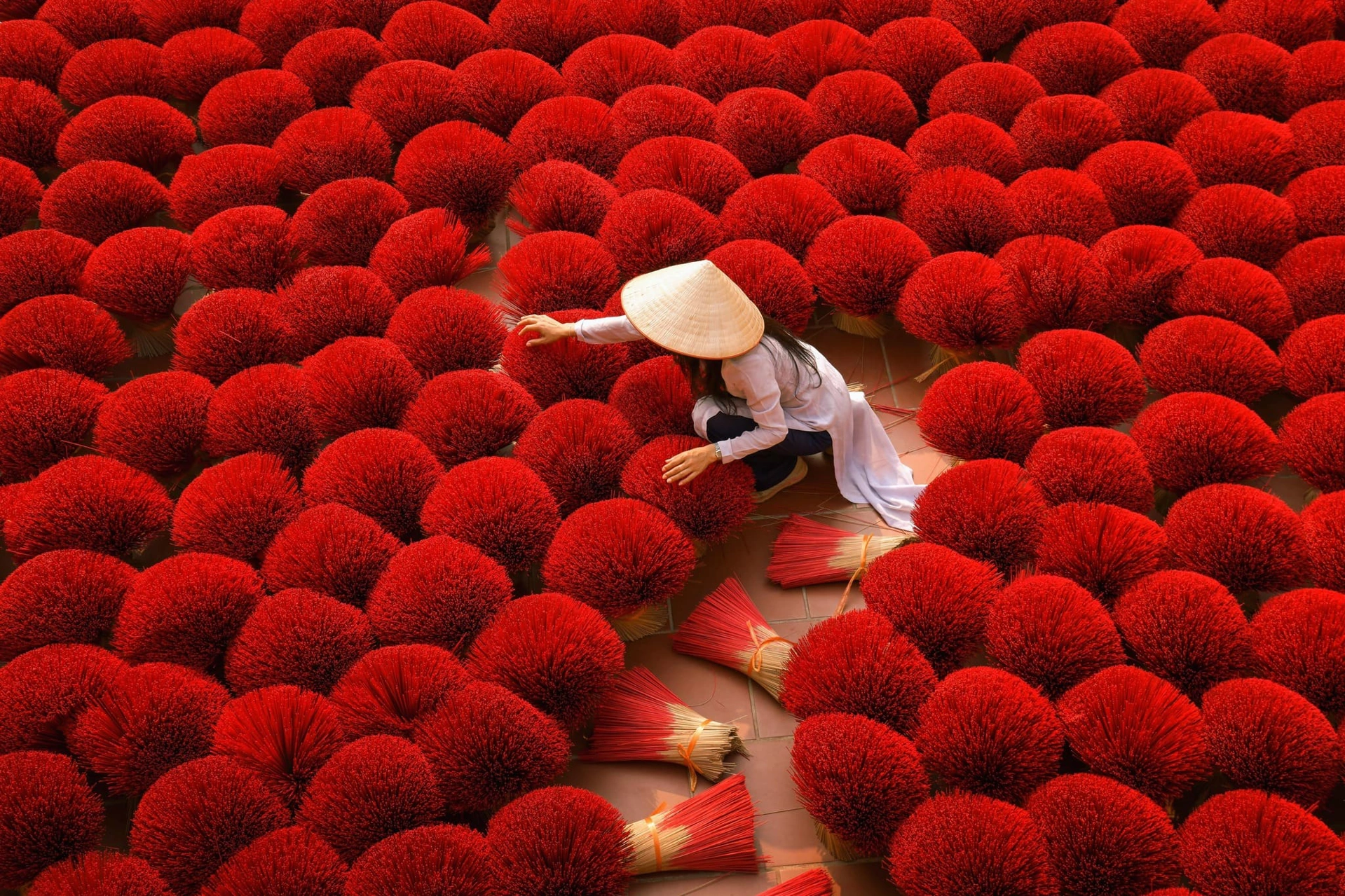
Vietnam is a country full of history, culture, and natural beauty, offering unforgettable experiences for every type of traveler. From bustling cities and ancient temples to serene countryside and pristine beaches, there is something for everyone. With careful planning, attention to local customs, and consideration for dietary or religious needs, Israeli travelers can enjoy a safe, enriching, and memorable journey.
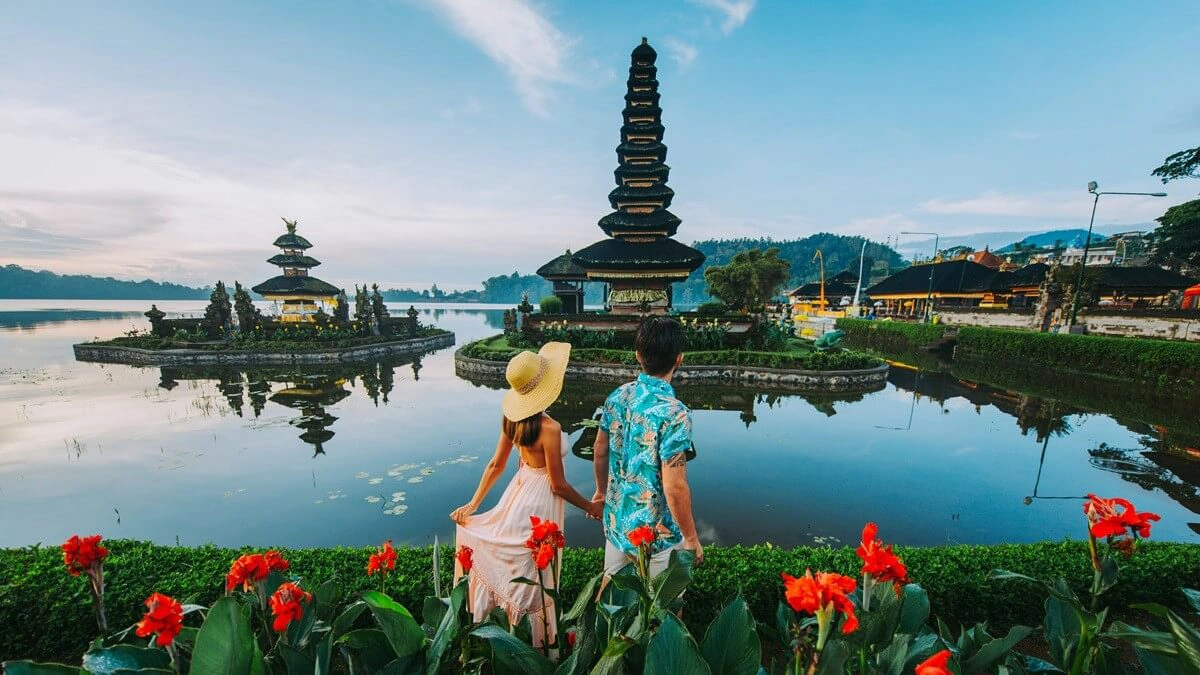
To enter Bali, travelers need a passport valid for 6 months; many nationalities get 30 days visa-free, while longer stays require a Visa on Arrival or e-visa. The island has a tropical climate with a dry season (Apr–Oct) ideal for beaches and festivals, and a wet season (Nov–Mar) with lush green landscapes. Cash in Indonesian Rupiah is essential for small expenses, though cards are accepted in larger venues, and transport mainly relies on taxis, ride-hailing apps, scooters, or private drivers. Visitors should respect local customs—dress modestly at temples, remove shoes in sacred spaces, and use the right hand when giving or receiving items.
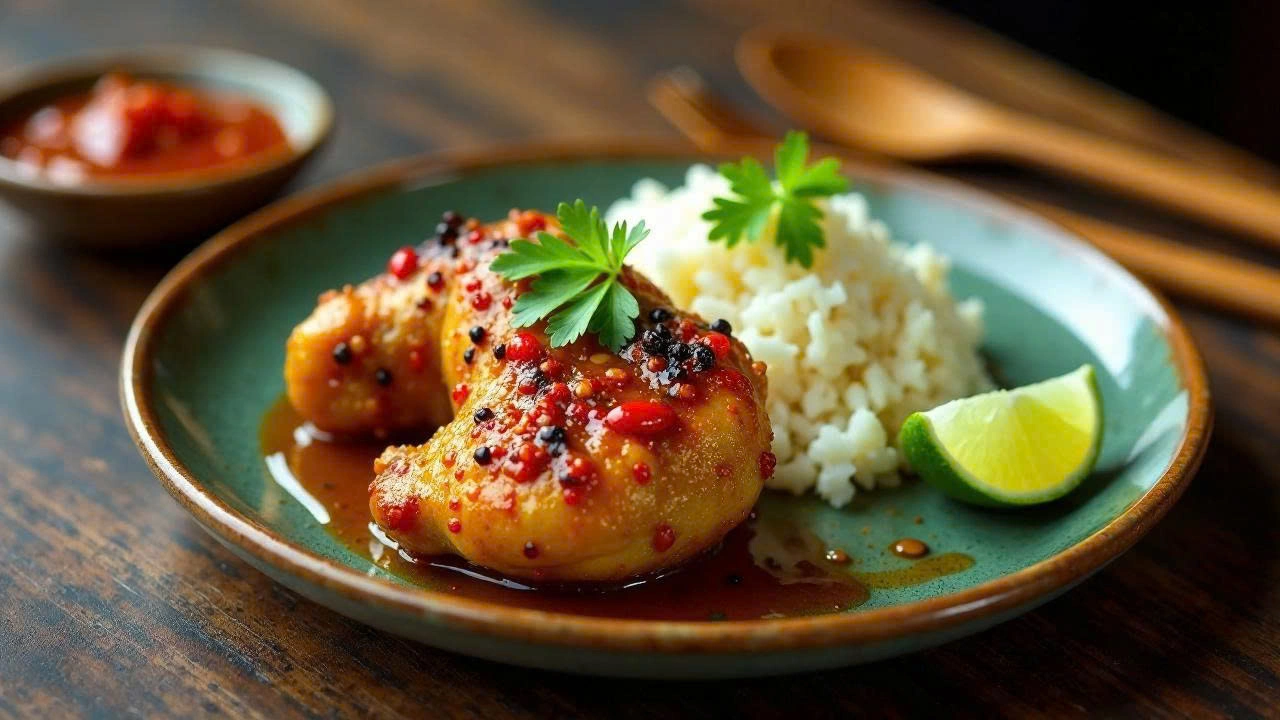
Balinese cuisine is a vibrant reflection of the island’s culture, shaped by its Hindu heritage, fertile volcanic soils, and abundant spices. Meals are a harmonious balance of flavors spicy, savory, sweet, and aromatic—brought together through fresh herbs, coconut, peanuts, and chili-based spice pastes known as bumbu. Rice is the centerpiece of most meals, complemented by grilled meats, seafood, and an array of vegetable dishes. Many recipes are deeply rooted in ceremonial traditions, often served during temple festivals and family gatherings, making Balinese food not only a culinary delight but also a cultural journey.
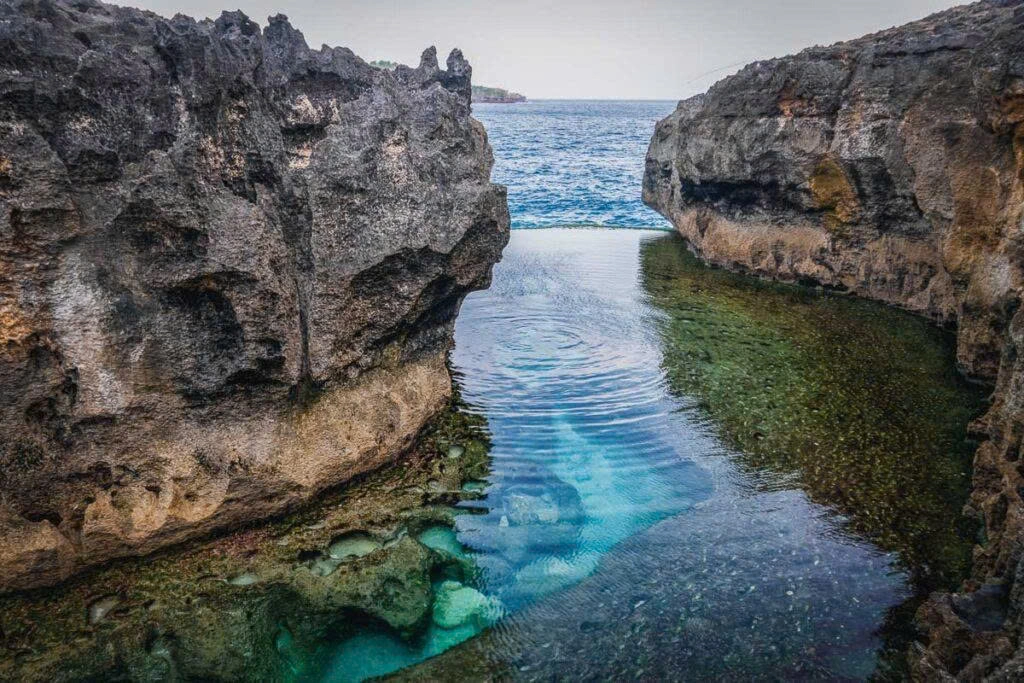
Nusa Penida is a stunning island off Bali’s southeast coast, famed for its rugged cliffs, crystal-clear waters, and dramatic landscapes. Highlights include Kelingking Beach with its dinosaur-shaped headland, Angel’s Billabong, and Broken Beach. Popular for snorkeling and diving, the island offers encounters with manta rays and vibrant coral reefs, making it a paradise for adventure and nature lovers.
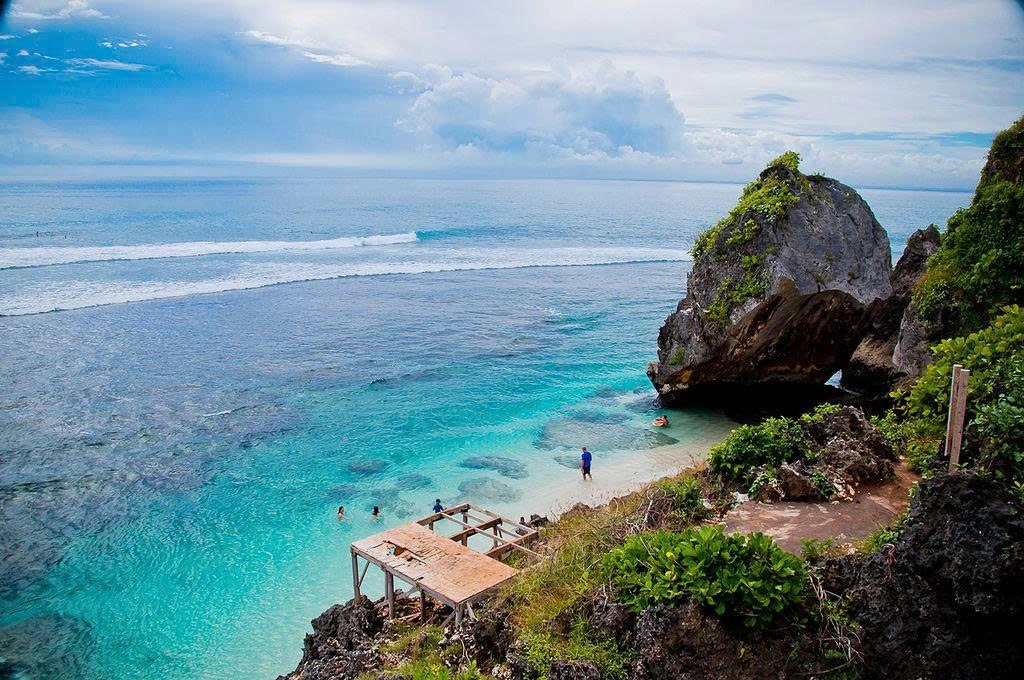
Uluwatu is renowned for its dramatic sea cliffs, world-class surf breaks, and breathtaking ocean views. At its heart lies the iconic Uluwatu Temple, perched high above the waves and famous for sunset Kecak dance performances. With luxury resorts, hidden beaches, and a relaxed coastal vibe, Uluwatu is a perfect blend of culture, adventure, and natural beauty.
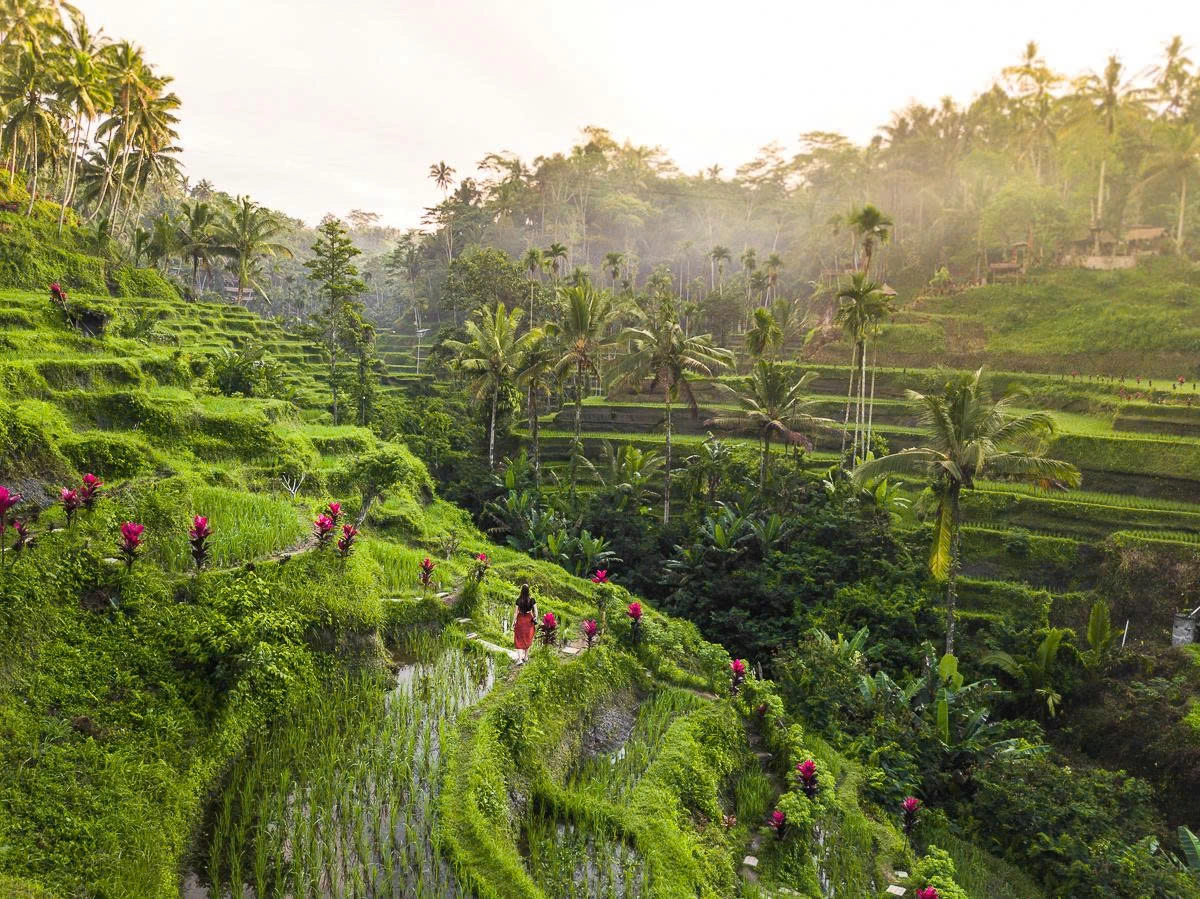
Ubud is the cultural and spiritual heart of Bali, surrounded by rice terraces, lush forests, and traditional villages. Known for its art, dance, and handicrafts, it’s also a hub for yoga, wellness, and spiritual retreats. With its temples, galleries, and serene landscapes, Ubud offers a deeper connection to Balinese heritage and nature.
Preparing for your upcoming trip to Asia?
Let us know what we can arrange for you!